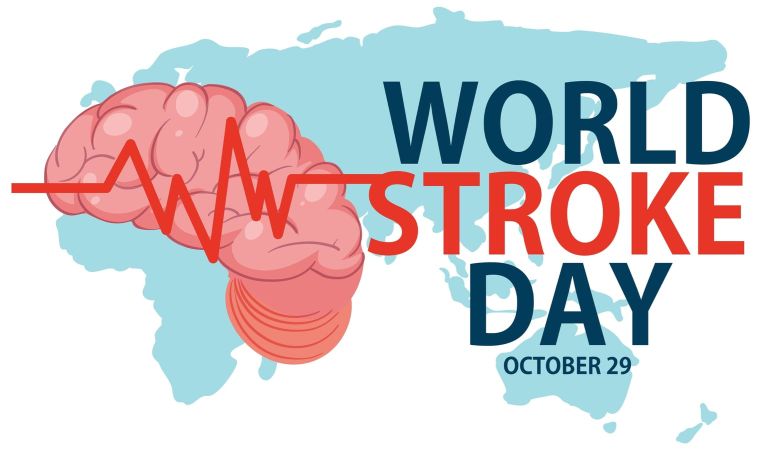Kolkata Neurosurgeon issues stroke alert, urges action within ‘Golden Hour’ period

World Stroke Day is observed on October 29
Dr. Debarshi Chatterjee
This World Stroke Day, let’s call for greater public awareness, improved infrastructure, and financial preparedness to combat the rising incidence of stroke, particularly among the city’s younger demographic.
Strokes are mainly divided into two types- ischemic and haemorrhagic. Ischemic stroke, caused by a blockage, is far more common, accounting for nearly 90 per cent of all cases. Haemorrhagic stroke, caused by a ruptured blood vessel, comprises around 10 per cent. Though symptoms of both types are similar, including weakness in the limbs, speech difficulty, or paralysis, timely intervention can make a crucial difference.
There is a ‘golden hour’ period — the first three hours of symptom onset — during which reaching a stroke-ready centre can often lead to a complete recovery, particularly from ischemic strokes.
However, the existing infrastructure is not up to the mark in Kolkata. There are only two to three such centres here that are equipped to provide 24-hour stroke management. This underscores the urgent need for expansion and increased public awareness. The lack of awareness remains a major challenge, causing people to often wait for days before consulting a doctor. As a result, patients often have to live with lifelong disability. Moreover, with treatment costs escalating up to ₹3–3.5 lakhs in private hospitals, there is an urgent need of health insurance. Out-of-pocket expenditure is frequently unaffordable for many families.
ALARMING TREND
Further compounding the issue is an alarming demographic trend. While stroke is still more common among those aged 65 years and above (accounting for about 75 per cent of all cases), nearly 15–16 per cent of strokes are now seen in individuals under 50 years of age. This is especially true of urban centres like Kolkata, mainly due to sedentary lifestyles, smoking, unhealthy diets, and stress.
Additionally, an increased incidence of Moyamoya disease across West Bengal, particularly in Murshidabad, Malda, and parts of Kolkata, is a leading cause of stroke. In this condition blood flow to the brain is gradually reduced and this requires surgical intervention to restore circulation.
The risk factors for stroke — hypertension, diabetes, and dyslipidaemia are identical to those for heart disease. Further, in many cases, people remain unaware they have these conditions until a stroke occurs.
Smoking, sedentary habits, lack of physical exercise, unhealthy sleep habits, high consumption of refined carbohydrates and unhealthy fats also add to the risks of stroke.
Regular check-ups, timely medication, and lifestyle changes are crucial in prevention. Stroke is a reversible condition if treated promptly. Even haemorrhagic strokes can be successfully managed with surgery and rehabilitation.
BIG CHALLENGES
The two biggest challenges the city faces are lack of awareness and lack of affordability. Awareness can help patients reach hospitals on time, while financial preparedness through insurance ensures access to timely treatment.
One must act fast within the “golden hour”, maintain a healthy lifestyle, and get regular health check-ups and get insured. These small steps can save lives and prevent disability.
Dr. Debarshi Chatterjee is Senior Consultant Neurosurgeon
at Apollo Multispeciality Hospitals, Kolkata

